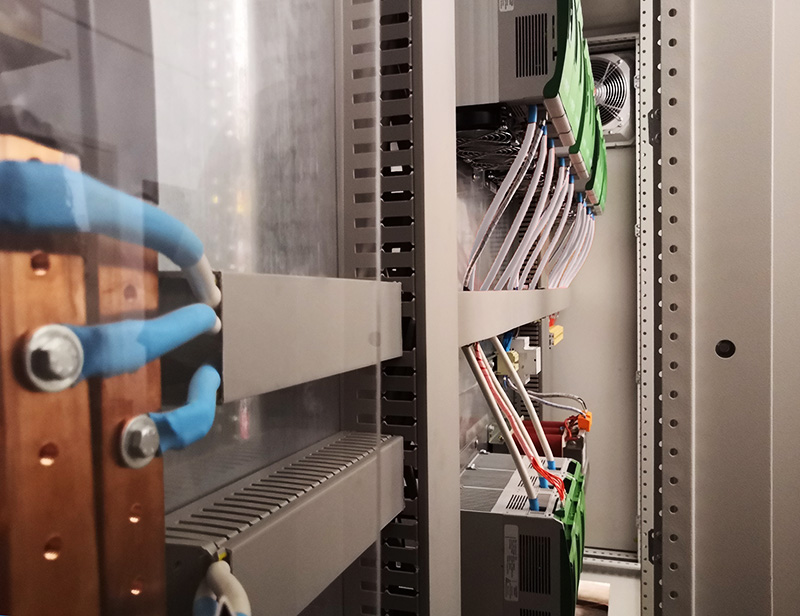SSR VS CONTACTORS, THE COMPARISON

Let’s do an analysis of the advantages and disadvantages of using SSR
Advantages of SSRs:
Introduction: In industrial automation, SSR (Solid State Relays) and contactors are two widely used devices for controlling electrical loads. Both perform the function of switches, but use different technologies to achieve the desired purpose. In this article, we will look at the advantages and disadvantages of SSR versus contactors, providing an overview of the differences and important considerations when choosing either device.
- Reliability: SSR, being solid state devices, contain no moving parts like traditional contactors. This results in greater reliability and a longer life, as they are not subject to mechanical wear or friction that could lead to premature failure.
- Switching Speed: SSR can switch much faster than contactors. Their speed of response is measured in milliseconds, allowing for quick and precise control of electrical loads. This is especially important in applications where fast response is required, such as in high-speed automation systems.
- Noise Reduction: SSR do not emit electromagnetic noise during operation, unlike contactors which can produce sparks and electromagnetic noise. This makes SSR ideal for applications where quiet operation is required, such as noise-sensitive environments or audio/video applications.
Disadvantages of SSRs:
- Cost: SSR tend to be more expensive than traditional contactors. The solid-state technology used in SSR requires more sophisticated components, increasing their production cost. However, the increased life and reliability of SSR also need to be considered, which can offset the cost of less frequent maintenance and replacement.
- Limited Switching Current: SSR have limited switching current compared to contactors. If you need to control a load with very high current, you may need to use multiple SSR in parallel or opt for a more robust traditional contactor.
- Sensitivity to High Temperatures: SSR can be more sensitive to high temperatures than contactors. High temperatures can affect SSR performance and require additional cooling solutions.
Conclusion: SSRs and contactors are both valid devices for controlling electrical loads in industrial automation. SSR offer advantages such as reliability, switching speed and noise reduction, but also have disadvantages such as higher cost.
A point not to be underestimated is the fact that, in case of breakage of the SSR, this does not interrupt the load but closes the circuit going into continuous conduction. To avoid this, in our edge machine control panels, we prefer to place a contactor upstream of the SSR to ensure galvanic isolation from the downstream load and thus preserve the process in progress.
Our most advanced SSR, featuring protection functions such as short circuit or overtemperature alarms, to ensure rapid action in the event of a fault
- Posted by Giuliano
- On May 21, 2023
- 0 Comment


